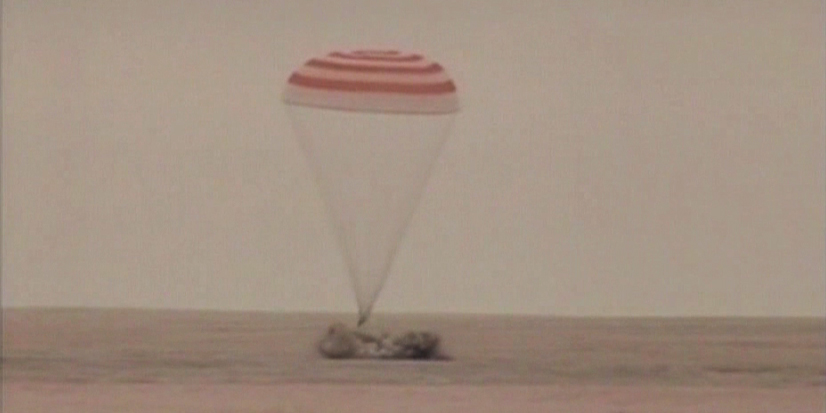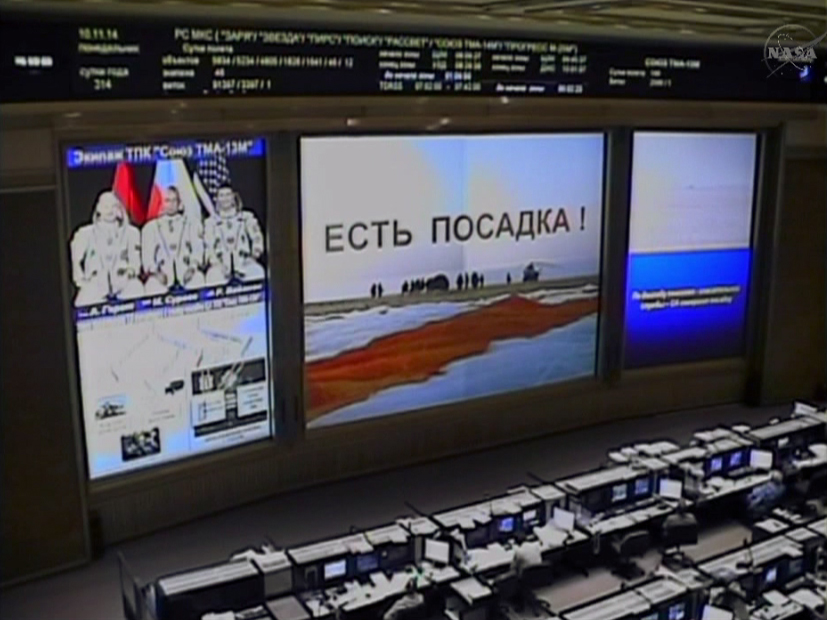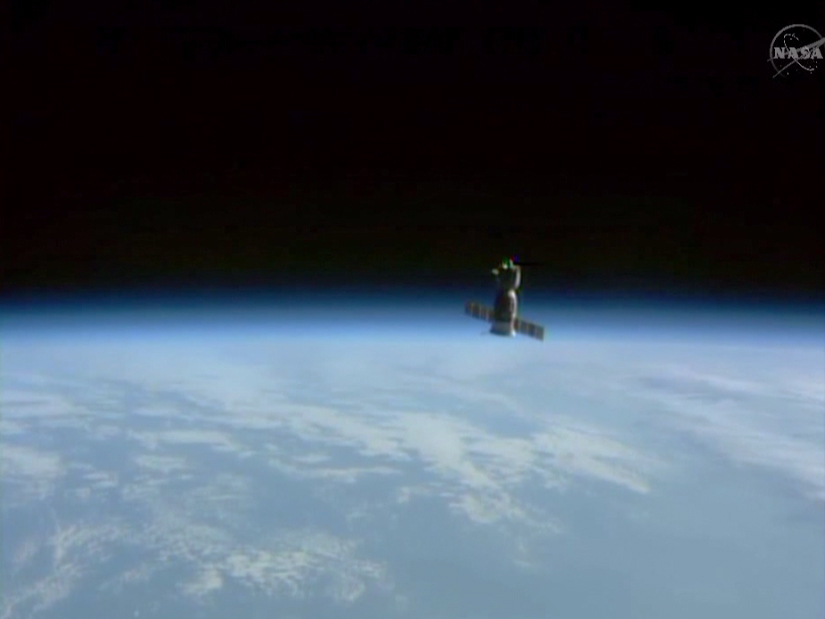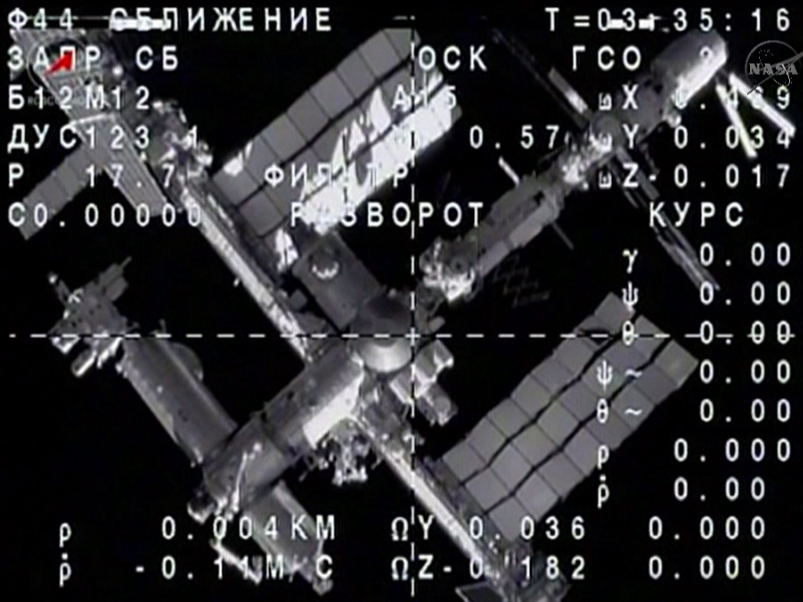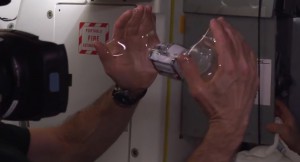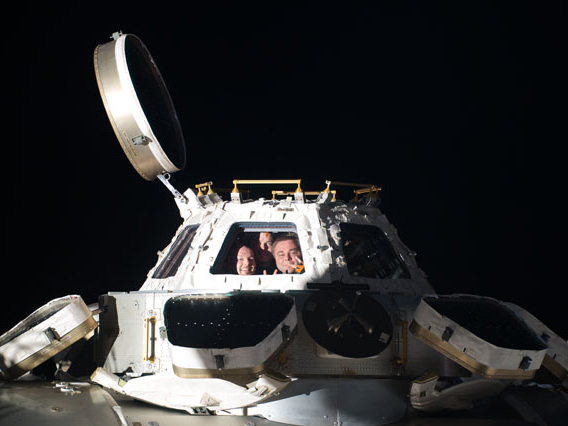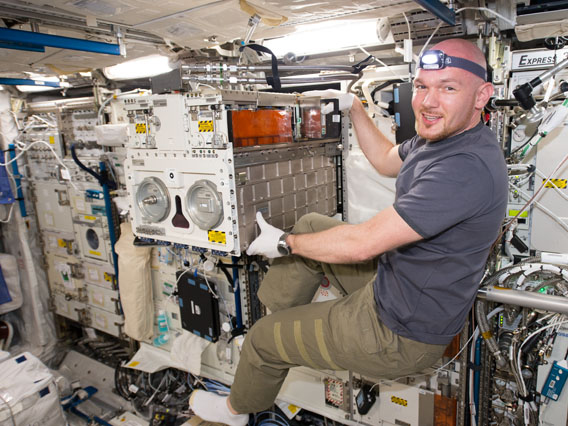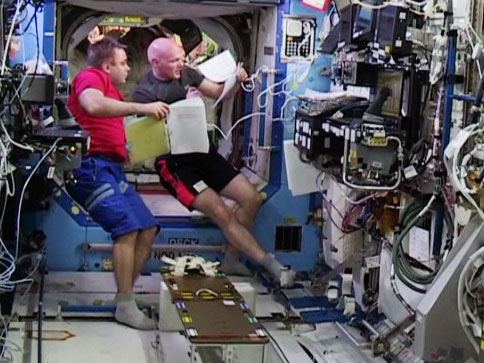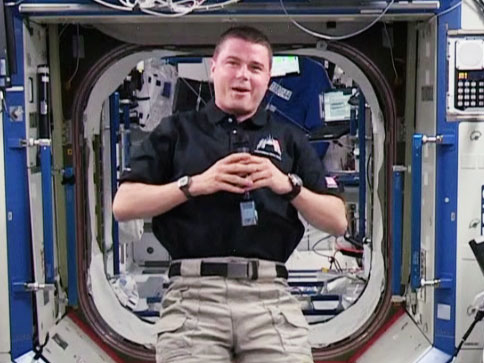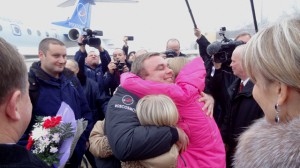
What is now the Expedition 42 crew is enjoying a pure off duty day today following the departure of Maxim Suraev, Reid Wiseman and Alexander Gerst, who landed at 10:58 p.m. EST Sunday night in their Soyuz TMA-13M spacecraft northeast of Arkalyk, Kazakhstan. The trio is returning to their respective homes.
The current crew on the International Space Station is Commander Barry “Butch” Wilmore of NASA, and Flight Engineers Elena Serova, Alexander Samoukutyaev of the Russian Federal Space Agency (Roscosmos).
The rest of the Expedition 42 crew — Flight Engineers Terry Virts of NASA, Anton Shkaplerov of Roscosmos and Samantha Cristoforetti of the European Space Agency — is relaxing today at the Gagarin Cosmonaut Training Center in Star City, Russia, and preparing to depart tomorrow for their launch site at the Baikonur Cosmodrome in Kazakhstan for final pre-launch training for their liftoff in the Soyuz TMA-15M spacecraft on Nov. 23, U.S. time (Nov. 24, Baikonur time).
In other news, the high-resolution video of station astronauts putting a waterproof camera inside a floating ball of water is now available for easy download:

